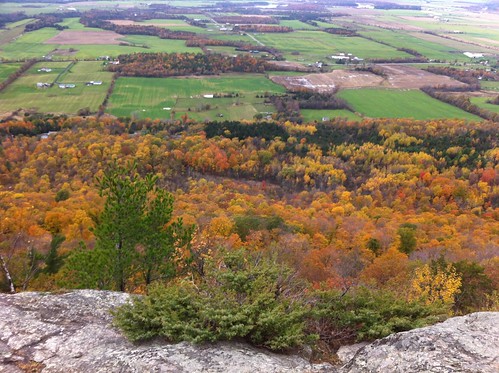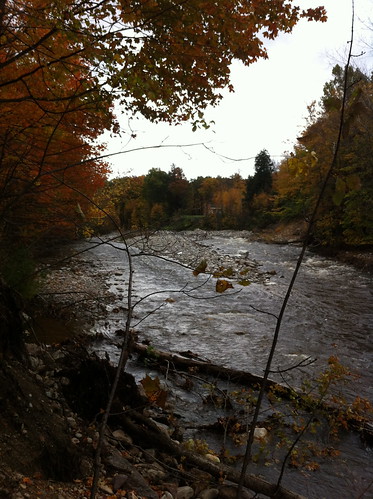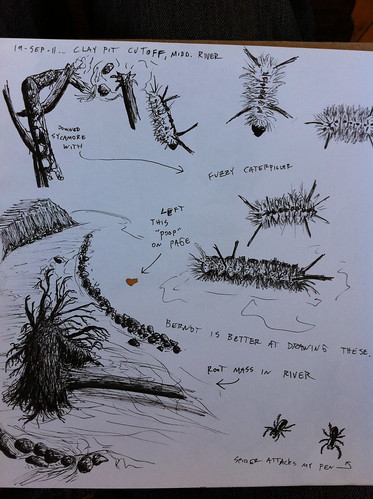The session seemed very short, but I did get to show my video demonstrating the perils of improperly channelized rivers, which was a big hit. There was time for some good conversation. In particular, one person wondered whether it were possible to continue 'sustainable' gravel mining at a modest level, similar to what has been done in the past. I find the idea intriguing, but am very skeptical that it is a good idea. Unlike the trees in a well-managed woodlot, gravel in a river is not 'growing' in place, but rather is moving downstream during floods. Removing gravel from one spot can lead to erosion both upstream and downstream, and if gravel removal destroys a house or causes rampant erosion, I would not classify it as sustainable. There were cases after Irene where sediment was removed to protect structures as a lesser of two evils, but there were also cases where overzealous river work may have actually increased future flood risk. Now that the storm is gone we need to think long and hard about our next steps.
The idea that gravel mining can reduce flood risk is widespread in the minds of old-time Vermonters, and while I think the balance of evidence leans strongly towards not removing gravel from rivers, there is a lot of validity to the concern that some rivers in Vermont are building up increasing amounts of sediment. Vermonters know their rivers, and if they notice changes, policymakers should spend the time to listen (as many have). Excessive sediment in Vermont rivers is almost always linked to problems in the upper watershed. Improperly built roads channel and speed up water, and small, improperly placed culverts concentrate water and can wash out, leading to massive amounts of erosion. As many rural areas of Vermont become more populated, and long driveways are built across hillsides, many problems are appearing downstream. Digging gravel out of a river, however, is the hydrologic equivalent of running into a house fully engulfed in flame and tossing burning wood out of the house - towards other homes. Anyone who's ever dug a hole in saturated sand can tell you that the hole quickly caves in, and the same happens with river channels cut into gravel or sand. The real solution is in addressing the 'root' of the problem. What we need to see is more watershed associations, more awareness in upstream residents, and accountability if someone upstream is causing harm to someone downstream.
Also important: policymakers are quick to explain why gravel mining is a bad idea, and very willing to use the legal structure to enforce that gravel mining doesn't occur. What I'd like to see more of is people demonstrating WHY gravel mining is a bad idea. Most people don't want to hurt others, and won't do something willingly that will endanger someone else... but people are also skeptical of outsiders telling them that their well-established actions are wrong. I'd like to see more outreach about the issue in Vermont and other areas, and more honest and open dialog. It's also important to recognizes that there are exceptions to every rule, especially in the case of rivers, and that there were cases after Irene where gravel really did need to be removed from a river.
So, in short, the conference reinforced my belief that efforts to share information with the general public, such as this blog, are important.
To those people who attended the conference and the session (and the later session about the health of Lake Champlain), thanks so much for attending, participating, listening, and sharing your ideas! I enjoyed meeting a lot of neat people, and hope to see many of you around Vermont in the future. I was sad to miss the last part of the conference, but I was quite nervous about driving over two passes on storm-damaged roads in the snow. Thankfully, I made it home before the storm. East Middlebury, by the way, only picked up an inch or two of snow.










